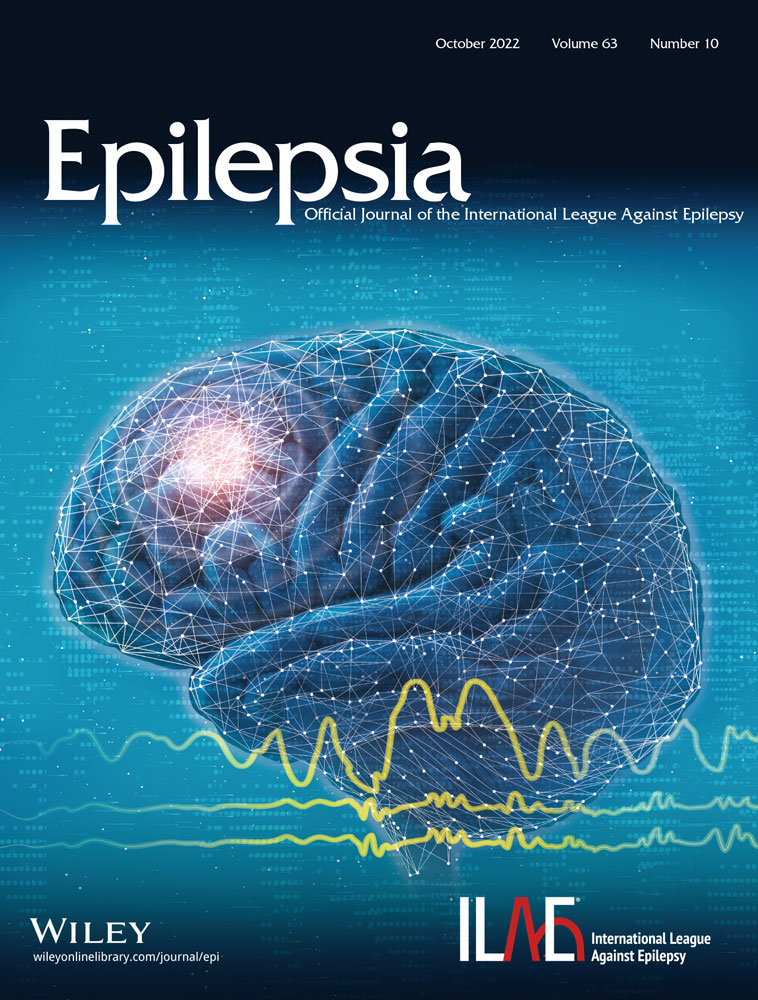Impact of development and recent-onset epilepsy on language dominance
Abstract
Objective
Reorganization of the language network from typically left-lateralized frontotemporal regions to bilaterally distributed or right-lateralized networks occurs in anywhere from 25%–30% of patients with focal epilepsy. In patients who have been recently diagnosed with epilepsy, an important question remains as to whether it is the presence of seizures or the underlying epilepsy etiology that leads to atypical language representations. This question becomes even more interesting in pediatric samples, where the typical developmental processes of the language network may confer more variability and plasticity in the language network. We assessed a carefully selected cohort of children with recent-onset epilepsy to examine whether it is the effects of seizures or their underlying cause that leads to atypical language lateralization.
Methods
We used functional magnetic resonance imaging (fMRI) to compare language laterality in children with recently diagnosed focal unaware epilepsy and age-matched controls. Age at epilepsy onset (age 4 to 6 years vs age 7 to 12 years) was also examined to determine if age at onset influenced laterality.
Results
The majority of recent-onset patients and controls exhibited left-lateralized language. There was a significant interaction such that the relationship between epilepsy duration and laterality differed by age at onset. In children with onset after age 6, a longer duration of epilepsy was associated with less left-lateralized language dominance. In contrast, in children with onset between 4 and 6 years of age, a longer duration of epilepsy was not associated with less left language dominance.
Significance
Our results demonstrate that although language remained largely left-lateralized in children recently diagnosed with epilepsy, the impact of seizure duration depended on age at onset, indicating that the timing of developmental and disease factors are important in determining language dominance.
CONFLICTS OF INTEREST
None of the authors has any conflict of interest to disclose. We confirm that we have read the Journal's position on issues involved in ethical publication and affirm that this report is consistent with those guidelines.




